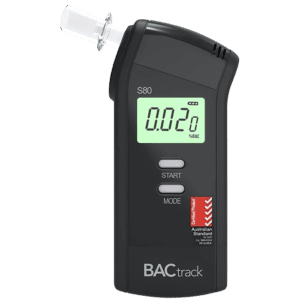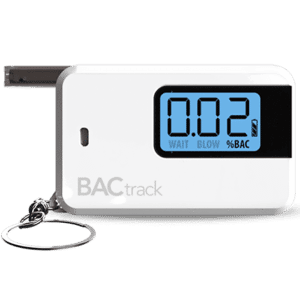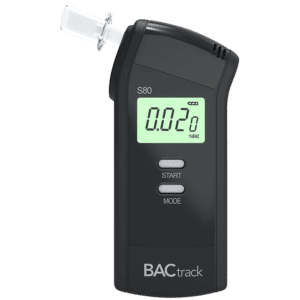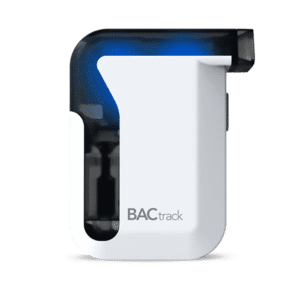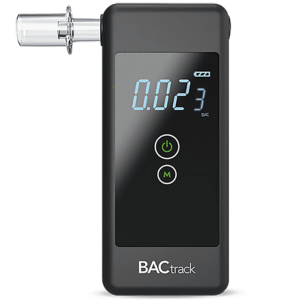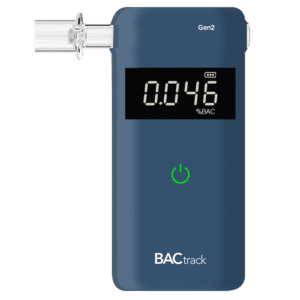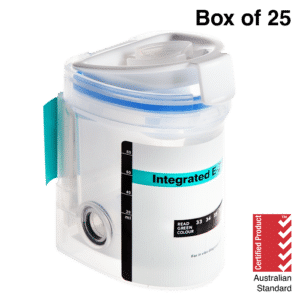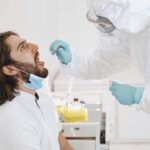Drug and Alcohol Testing in the Workplace: Importance & Types of Tests
25 January, 2024
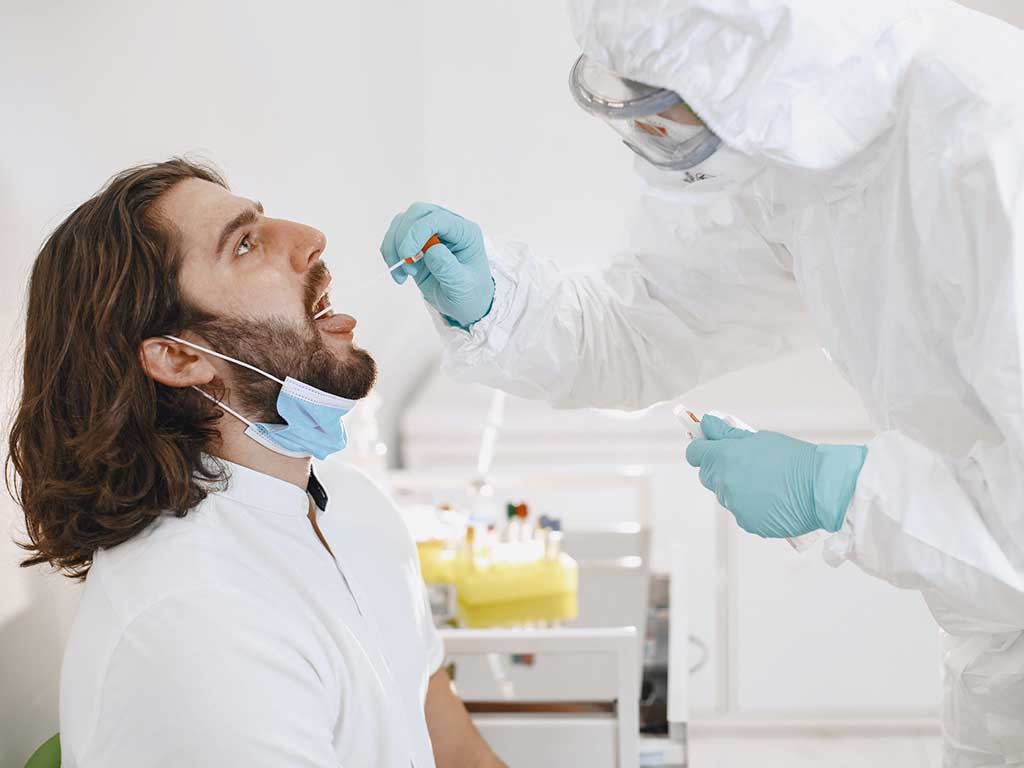
Substance abuse is a significant issue that causes safety risks in the workplace. To address this, employers implement drug and alcohol testing in the workplace. Its purpose is to create a safe and healthy working environment free from the influence of drugs or alcohol. To do this, the company may use several testing methods to accurately identify those who are impaired because of misusing liquor, prescription drugs, and illicit drugs. This includes saliva, urine, blood, hair, and breath tests.
Companies have a legal obligation to ensure workplace health and safety. This is why many are developing policies to deter employees from substance misuse and prevent accidents from occurring. Nevertheless, they must still ensure compliance with the relevant standards and laws around workplace safety. This is especially true for high-risk industries, such as rail transport, construction, and mining. This article will present the importance of testing, the types of tests, and establishing the policy.
Importance of Drug and Alcohol Testing in the Workplace
Drug and alcohol testing in the workplace is essential for several reasons. Firstly, it helps companies ensure workplace health and safety. The misuse of illicit substances is a prevalent problem in society. It causes impairment in the physical and cognitive abilities of individuals. This is a safety issue, especially if the employee occupies a safety-critical position. They may cause accidents that endanger workplace safety.
Secondly, drug and alcohol screening serves as a deterrent against abusing liquor, prescription medication, and illegal drugs. This can help prevent them from developing substance abuse disorders. It also promotes a productive work environment free from the influence of alcohol and drugs. This can reduce the rates of absenteeism and tardiness among workers. In addition, it can help reduce employee turnover rates.
Lastly, alcohol and drug testing allows companies to comply with legal obligations. It also helps them mitigate legal risks. By reducing the number of accidents due to impairment, companies may save on hospitalisation and insurance costs. Furthermore, it helps them prevent reputational damage from unsafe working conditions.
Legal Considerations
- Companies must gain consent from their employees before conducting screening.
- They must maintain the confidentiality of the results and protect the privacy of the worker. Only related personnel should have access to the medical information.
- Employers must contact drug and alcohol testing service providers with the accreditation and certification to ensure the accuracy of the results. Otherwise, they may end up enforcing disciplinary action based on inaccurate reports.
- Companies must comply with any applicable standards, laws, and regulations regarding testing. They may consult legal professionals to help with this.
- Companies should enforce the same disciplinary actions regardless of seniority or position to ensure fairness.
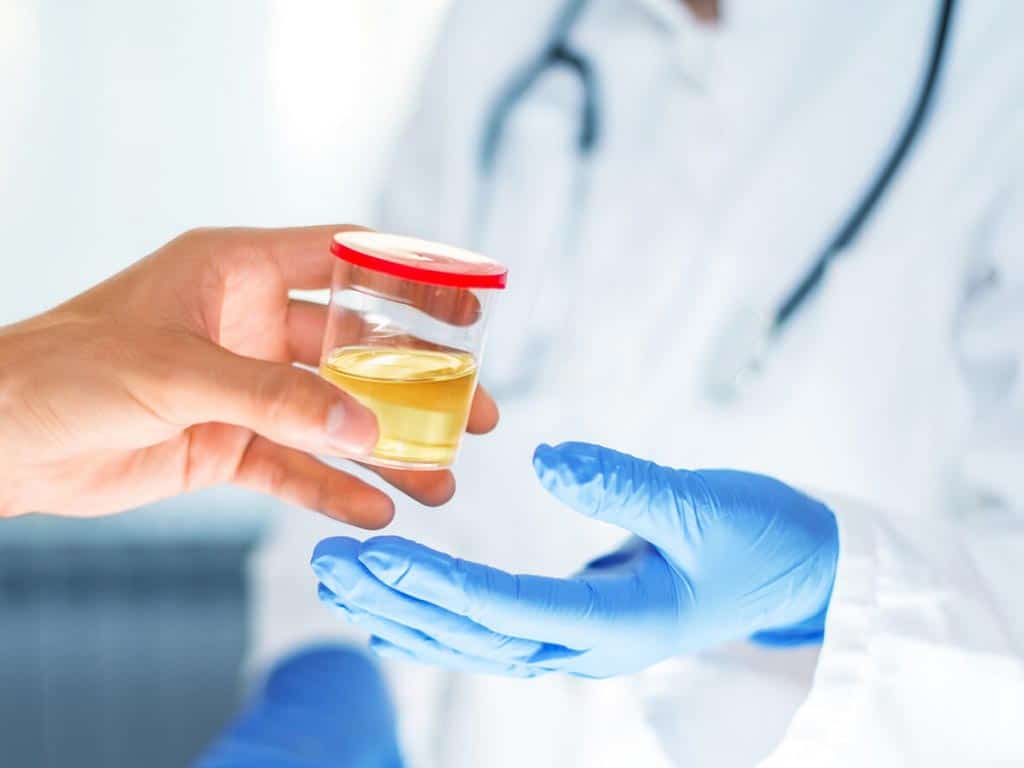
Types of Drug and Alcohol Testing in the Workplace
There are several types of drug and alcohol testing in the workplace that businesses may select from. Firstly, urine drug and alcohol tests are considered the standard for workplace testing. This test uses urine samples to trace substances in the system. It has a detection period ranging from days to weeks. However, this depends on the type of substances used and if the individual is a chronic user.
Secondly, saliva tests are often used for onsite testing. It uses oral fluid samples to trace substance misuse. It has a shorter detection period than other screening methods, making it ideal for identifying recent consumption. Moreover, the saliva collection procedure is easy and non-invasive. Thirdly, breath alcohol testing is a testing method that helps identify liquor intake. It can trace alcohol consumption for up to 24 hours. It typically uses breath alcohol equipment like breathalysers.
Fourthly, blood testing is considered the most accurate testing method. However, because of its invasive collection procedure, many only use it for confirmatory testing. Lastly, hair follicle testing involves using scalp hair strands to identify liquor and drug use for about 90 days.
Detectable Substances
The various testing methods can identify a wide range of substances, depending on the panels used for analysis. The commonly detected substances are ethanol, cannabis (THC), cocaine, opiates, amphetamines, methamphetamines, and benzodiazepines. Furthermore, they may test for substances like barbiturates and phencyclidine (PCP).
Using these tests, management can make informed decisions about hiring applicants for specific roles. This is crucial for high-risk industries like mining and construction. These are also helpful to ascertain if impairment was a factor in a recent accident. Altogether, the ability to identify abuse in urine, breath, oral fluid, hair, and blood samples contributes to a safe workplace.
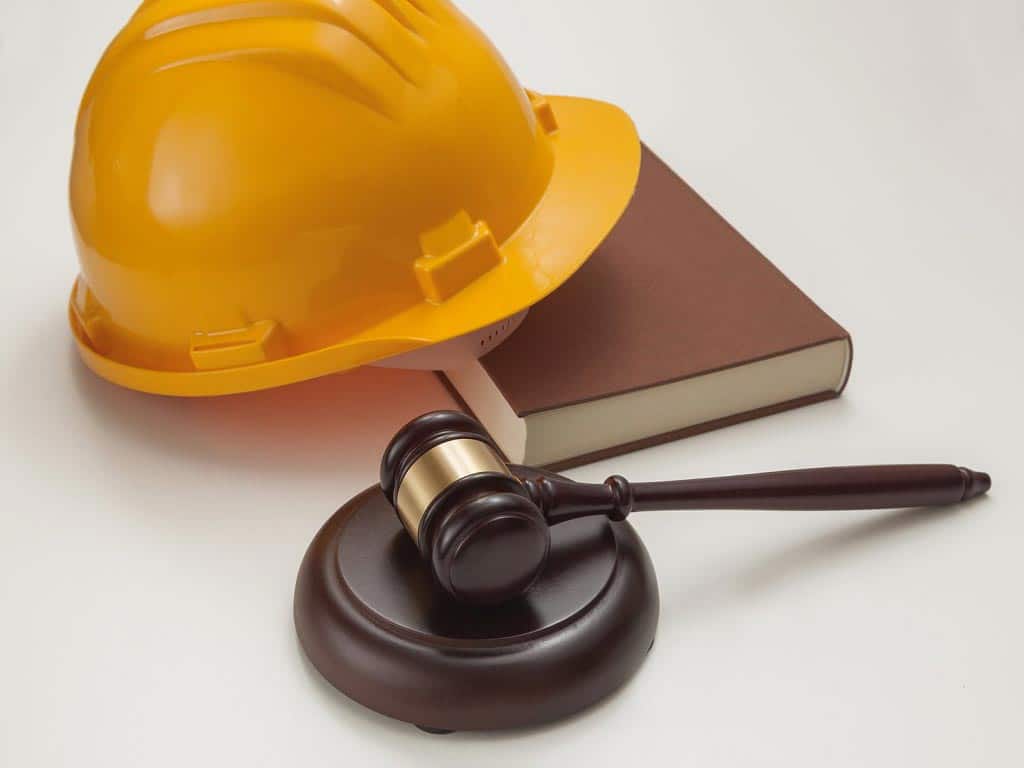
Establishing a Policy for Drug and Alcohol Testing in the Workplace
To establish a comprehensive policy for drug and alcohol testing in the workplace, employers should consider various factors. This includes the work culture regarding substance use, the access to alcohol and drugs by employees, and the presence of hazards. They may conduct a risk assessment to identify what needs to be covered during drug and alcohol policy development. Also, they may appoint employee representatives and health and safety committees to aid development.
Once the policy is complete, the employer may provide education programs and training to employees. This helps promote commitment to maintaining safety and ensures workers understand the company policy. This is crucial because the policy should outline the expected behaviours of employees and the reasons and procedures for testing.
Companies may include various reasons for drug and alcohol screening. This may involve pre-employment, reasonable suspicion, post-accident, and random drug and alcohol testing. It is also vital for the employer to clearly state the disciplinary measures they will enforce if a worker violates the policy. Doing so can make testing a more effective deterrent against liquor and drug issues.
What Happens After a Non-Negative Result?
If an employee has a non-negative result after the initial screening for drugs and alcohol, then they may face disciplinary measures. However, before that, the employer may set up a meeting to discuss the results. If the explanation is insufficient or the worker admits to misusing substances, they may receive a warning, suspension, or demotion.
On the other hand, if the worker refutes the result, they may request a laboratory confirmatory test. This will involve using specialised equipment for a thorough analysis of the samples. If the confirmatory report shows a negative result, they may disregard the initial results.
Conclusion
Drug and alcohol testing in the workplace is crucial for maintaining the health and safety of everyone in the workplace. Testing serves as an effective deterrent to misuse and helps identify those with substance use disorders. It also helps prevent accidents from occurring due to impairment. This helps protect the company from litigation and allows them to fulfil their legal obligations. Hence, many companies use different testing methods to ensure compliance, like blood, breath, saliva, hair, and urine tests.
Companies may also establish a comprehensive policy for testing. To develop this, they may conduct risk assessments to ensure they cover the necessary areas and appoint employee representatives and committees. The policy may also include the reasons for testing, disciplinary measures, and the procedures to handle non-negative results. Employers may allow confirmatory testing to ensure employees do not undergo undue consequences for false positive results.




















